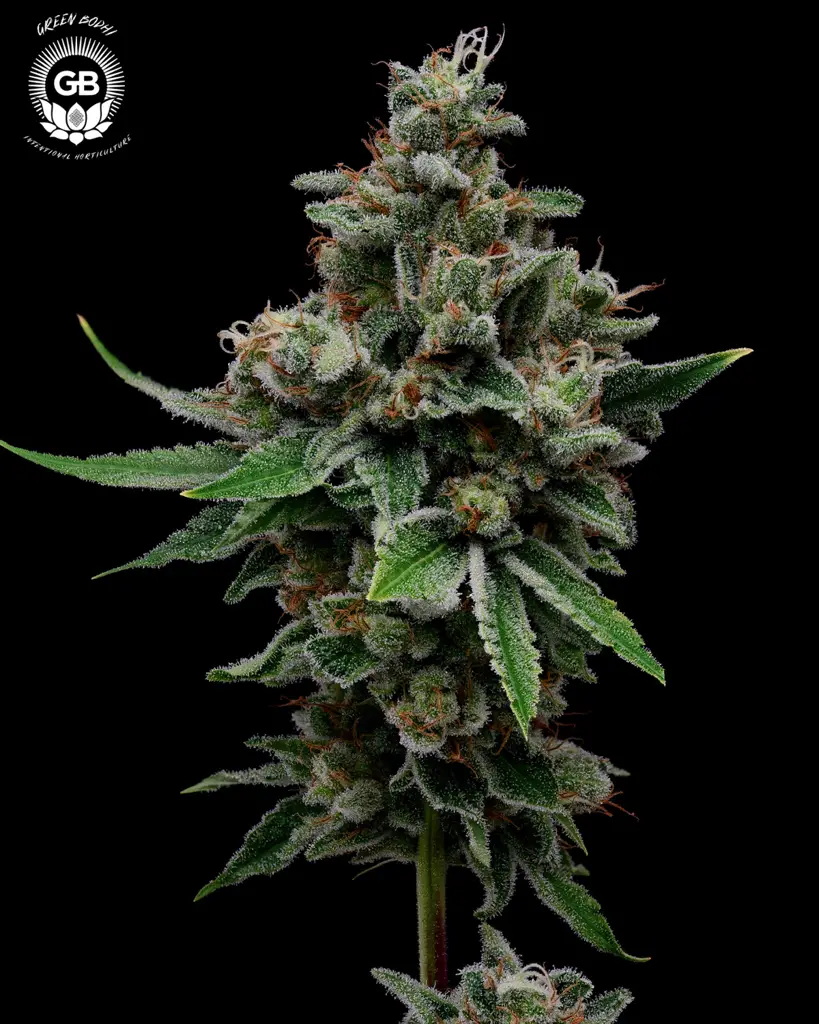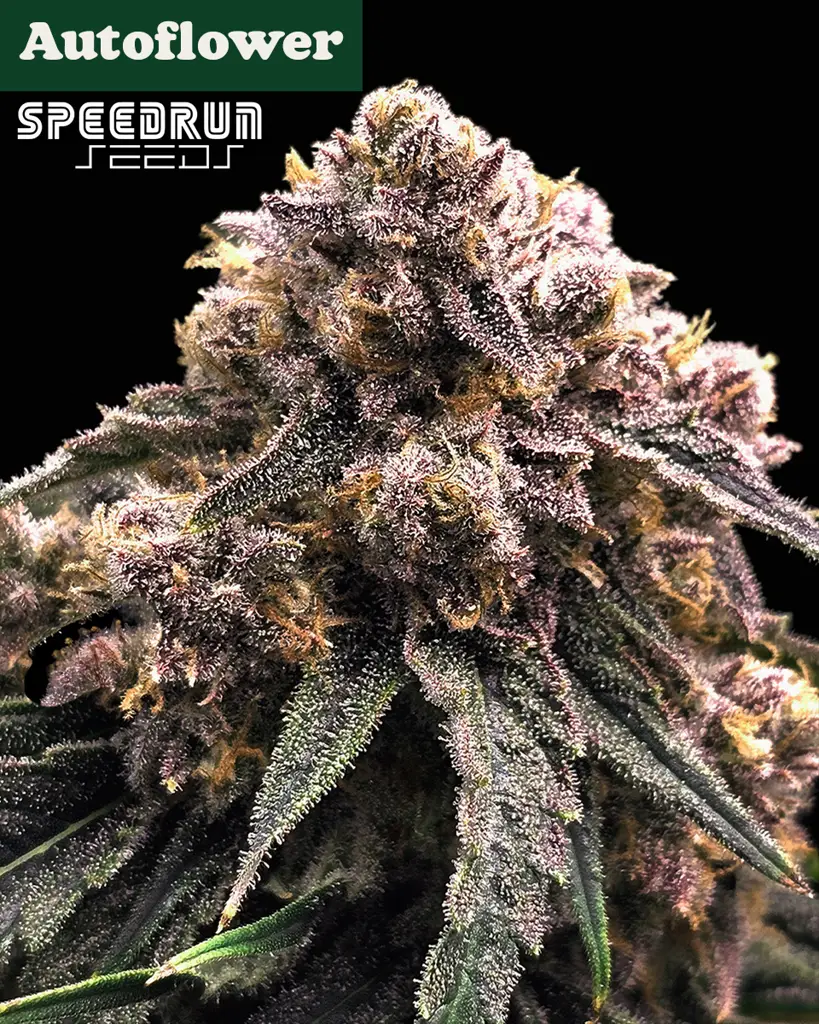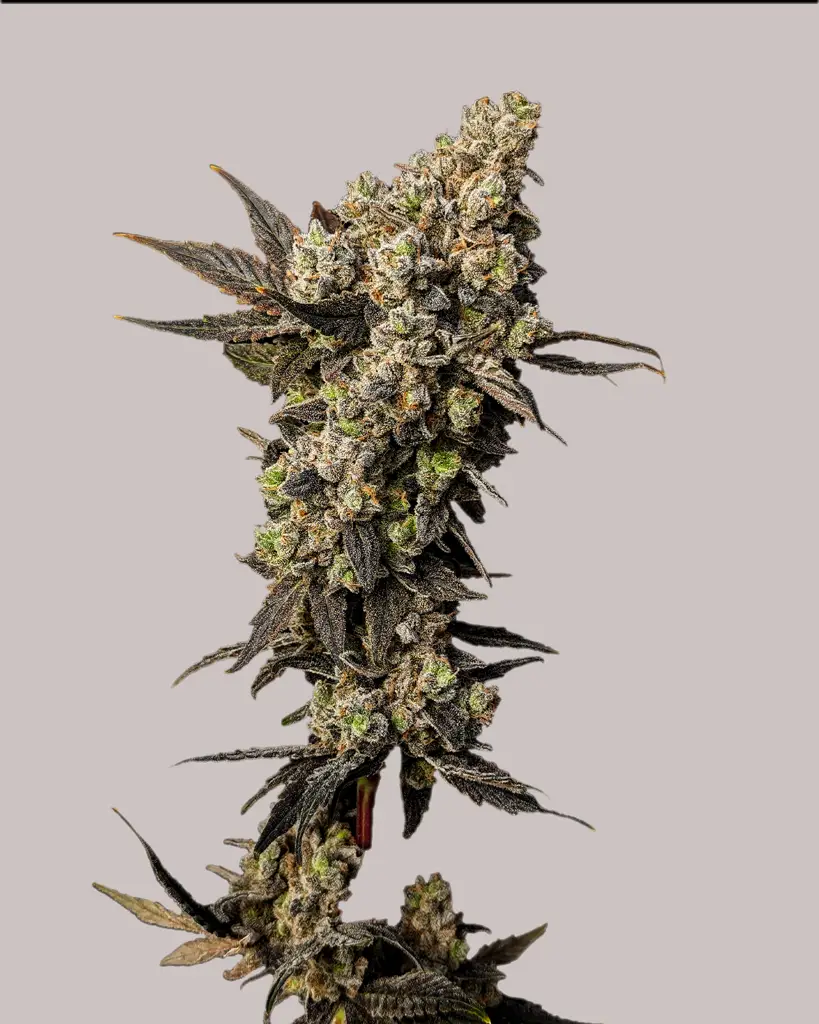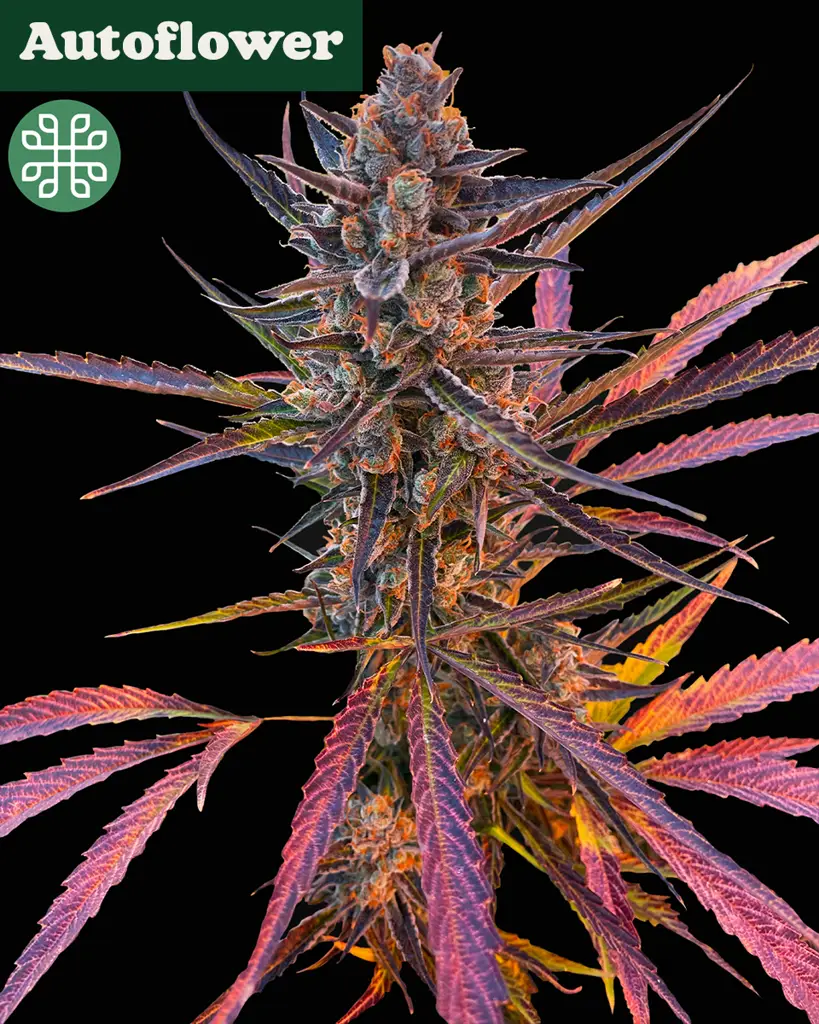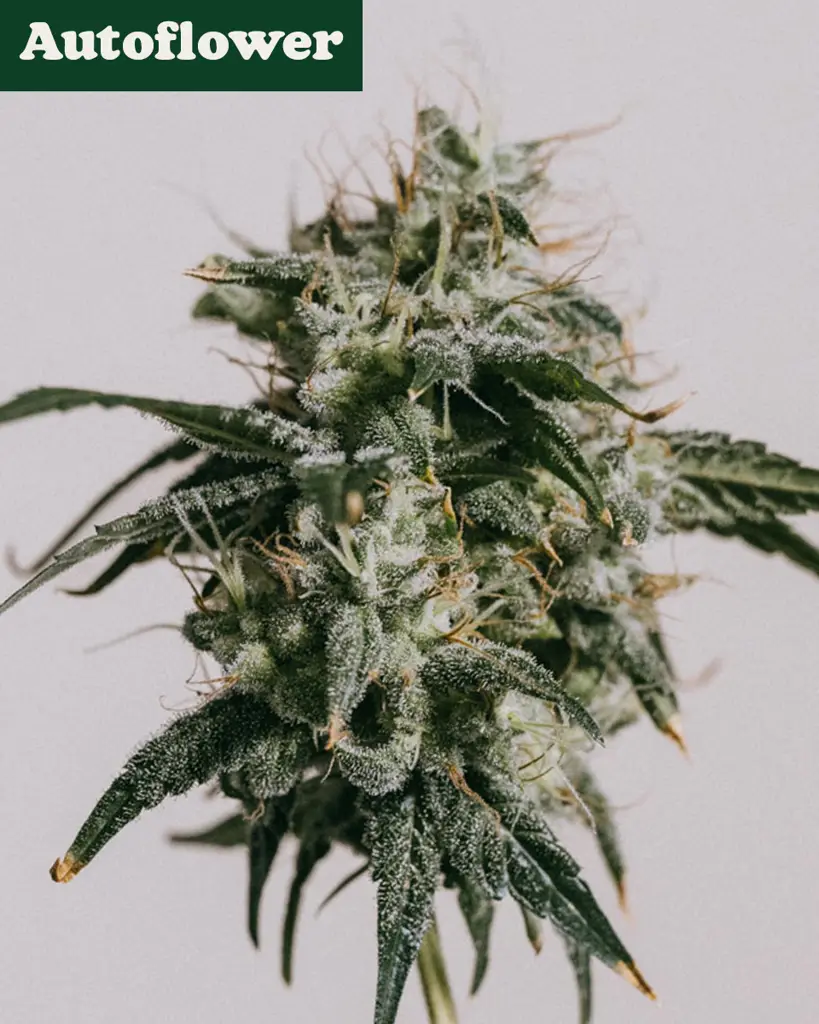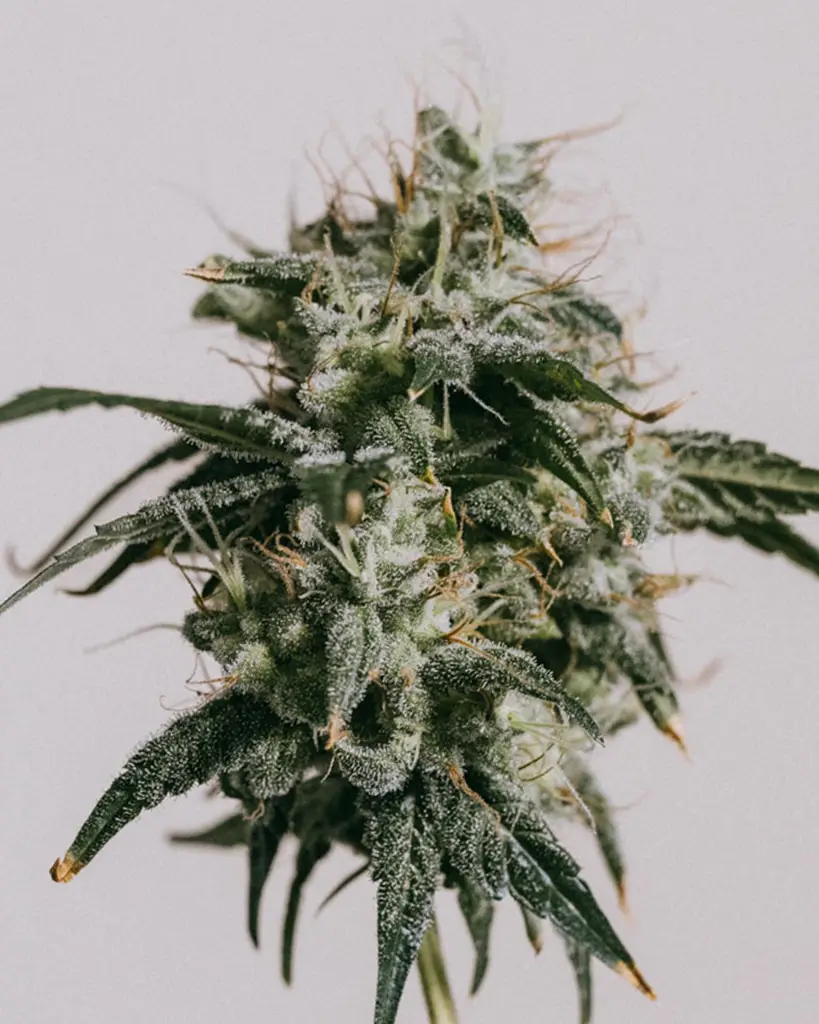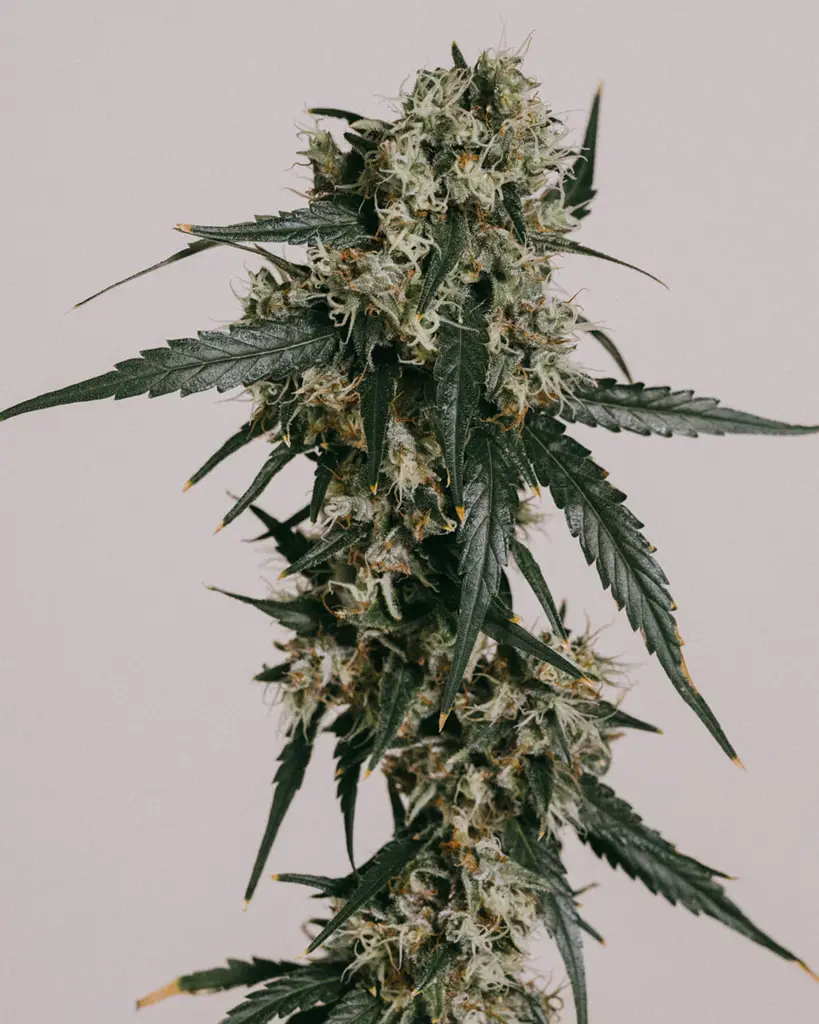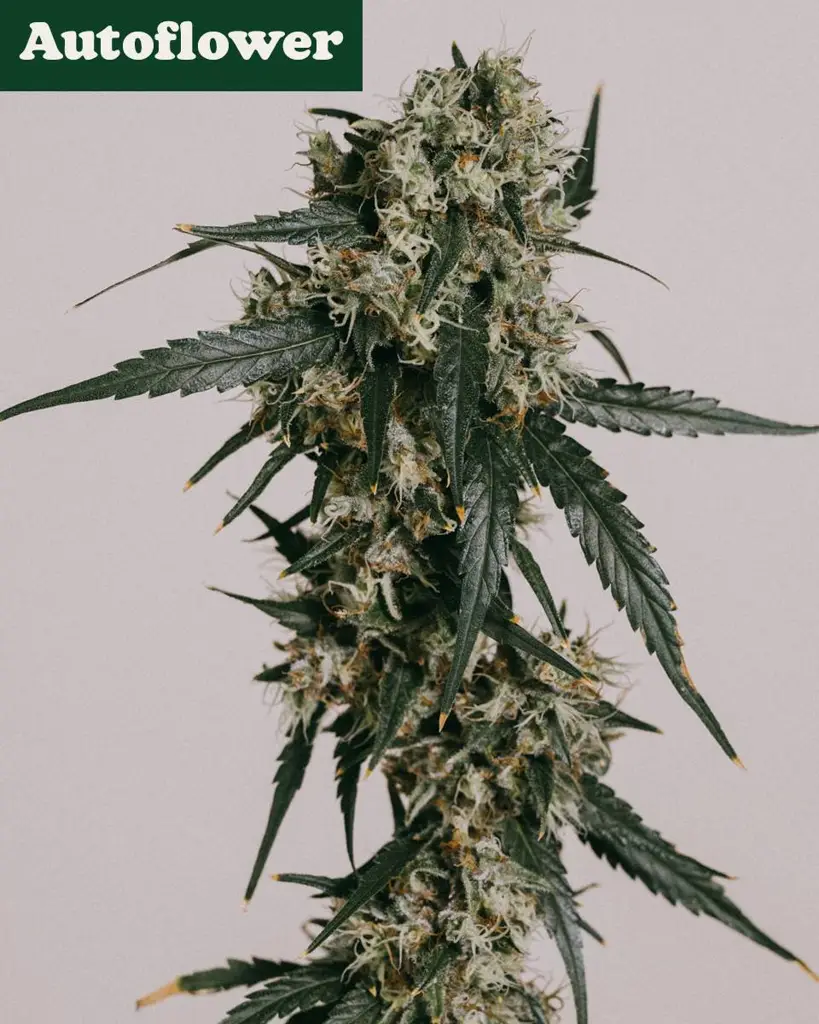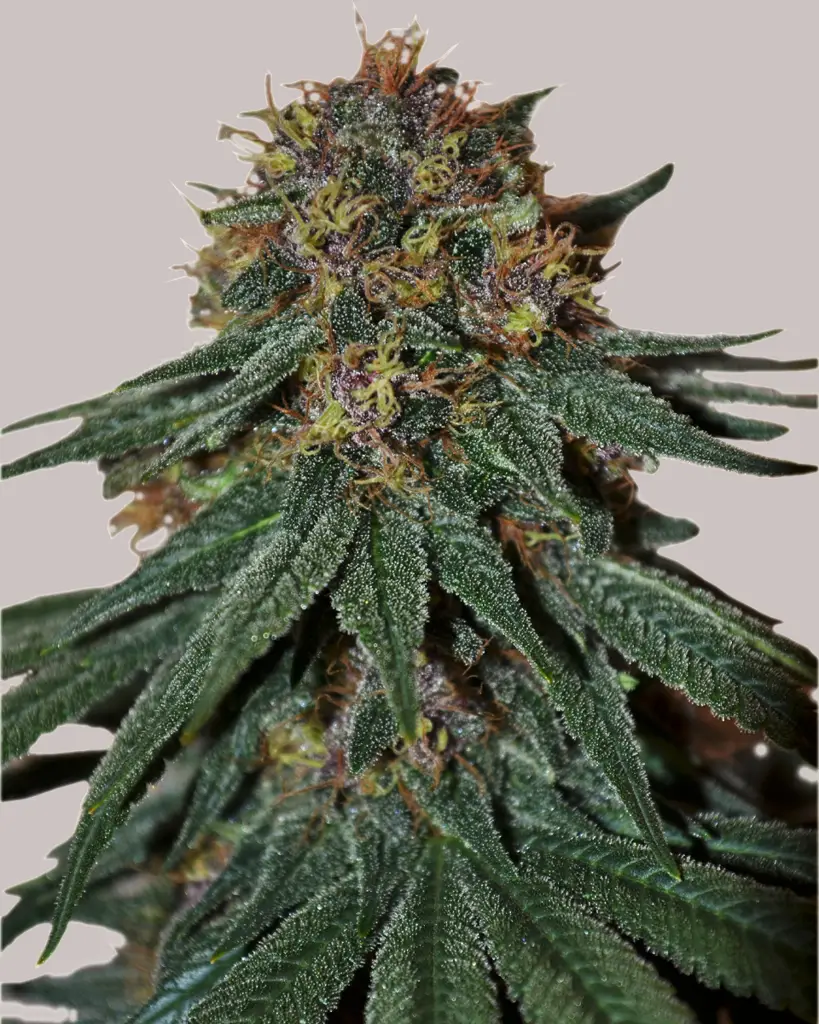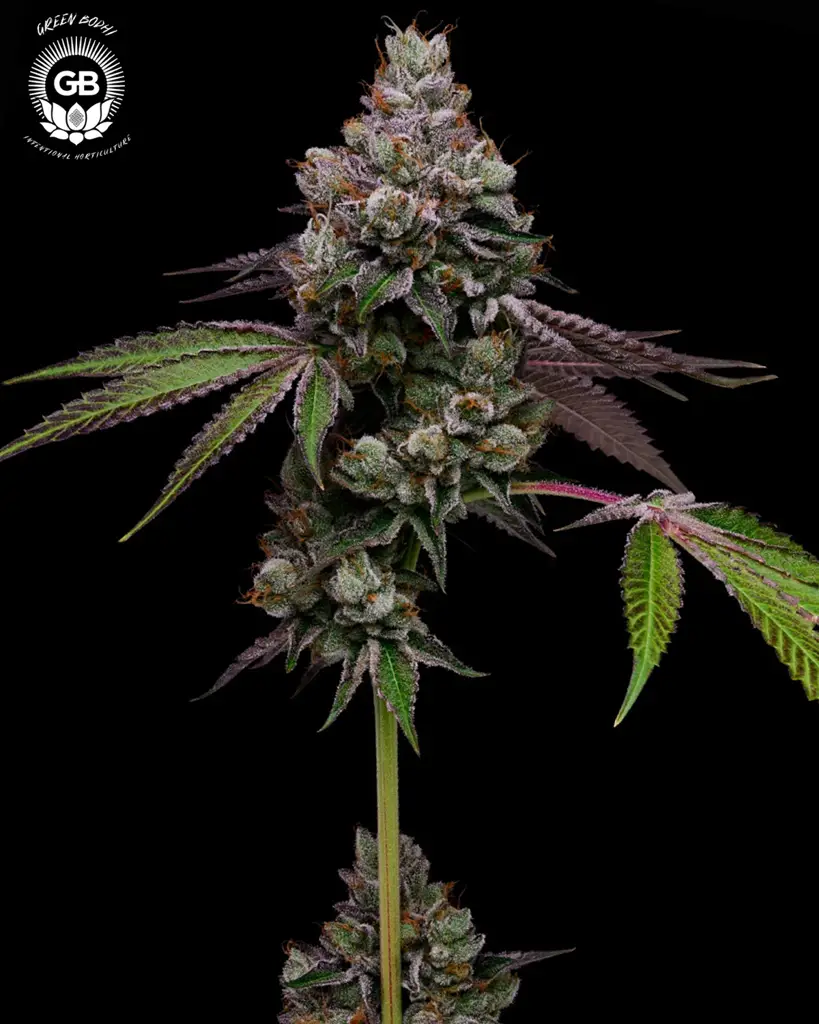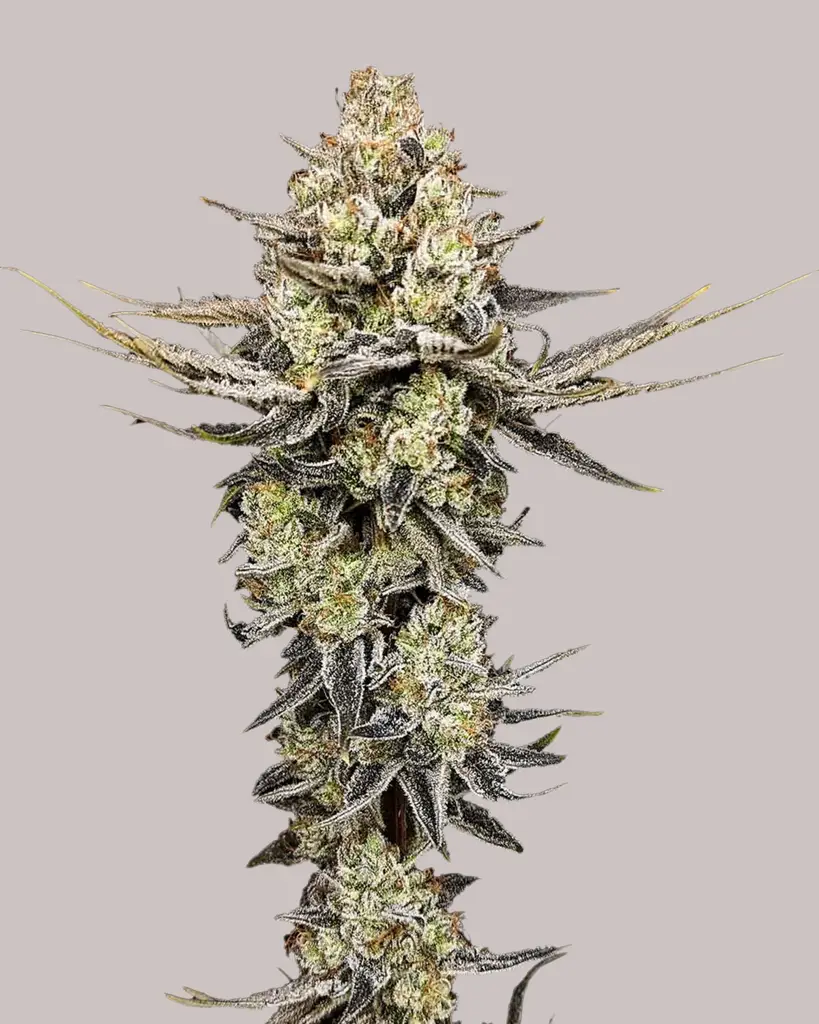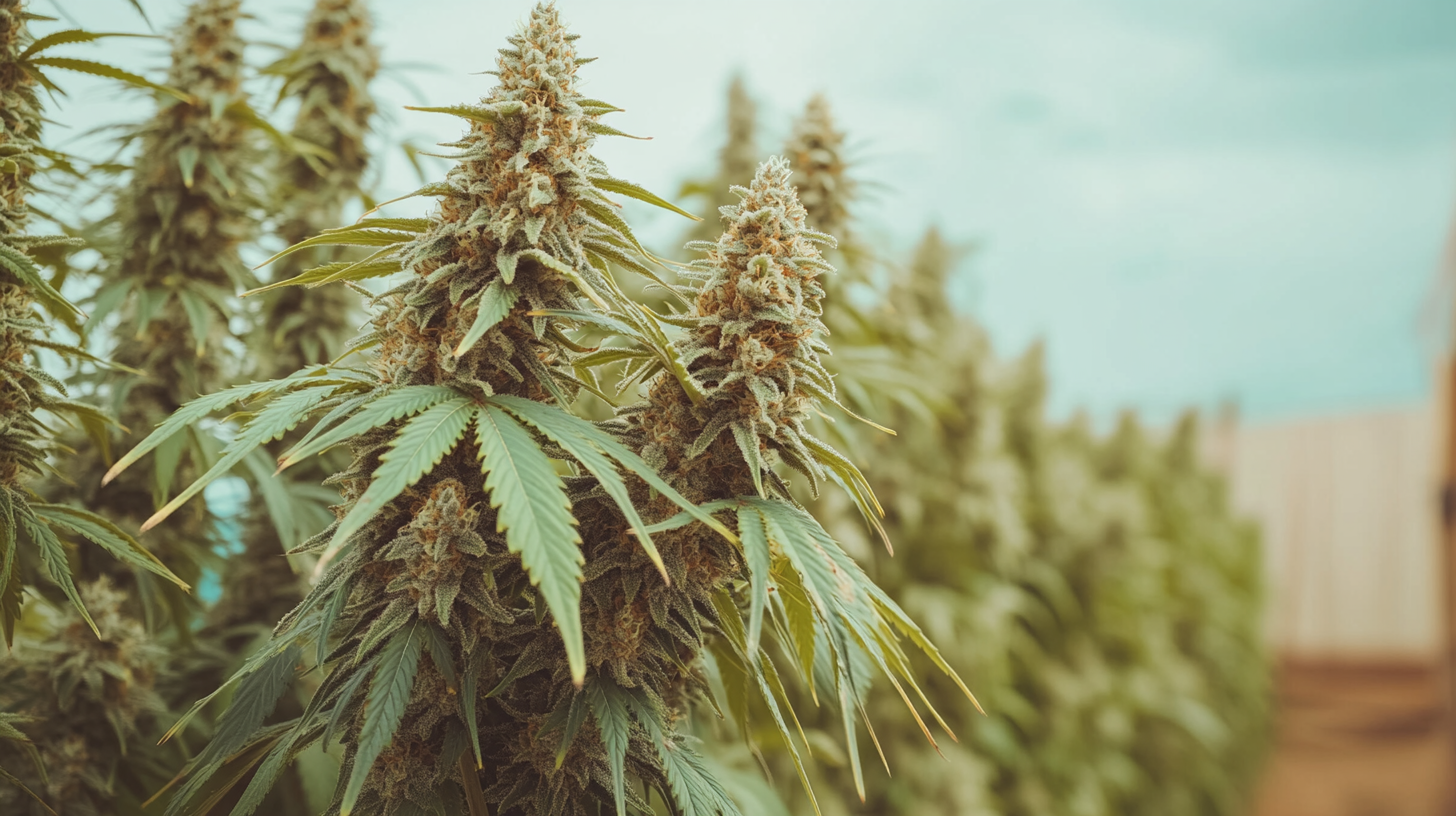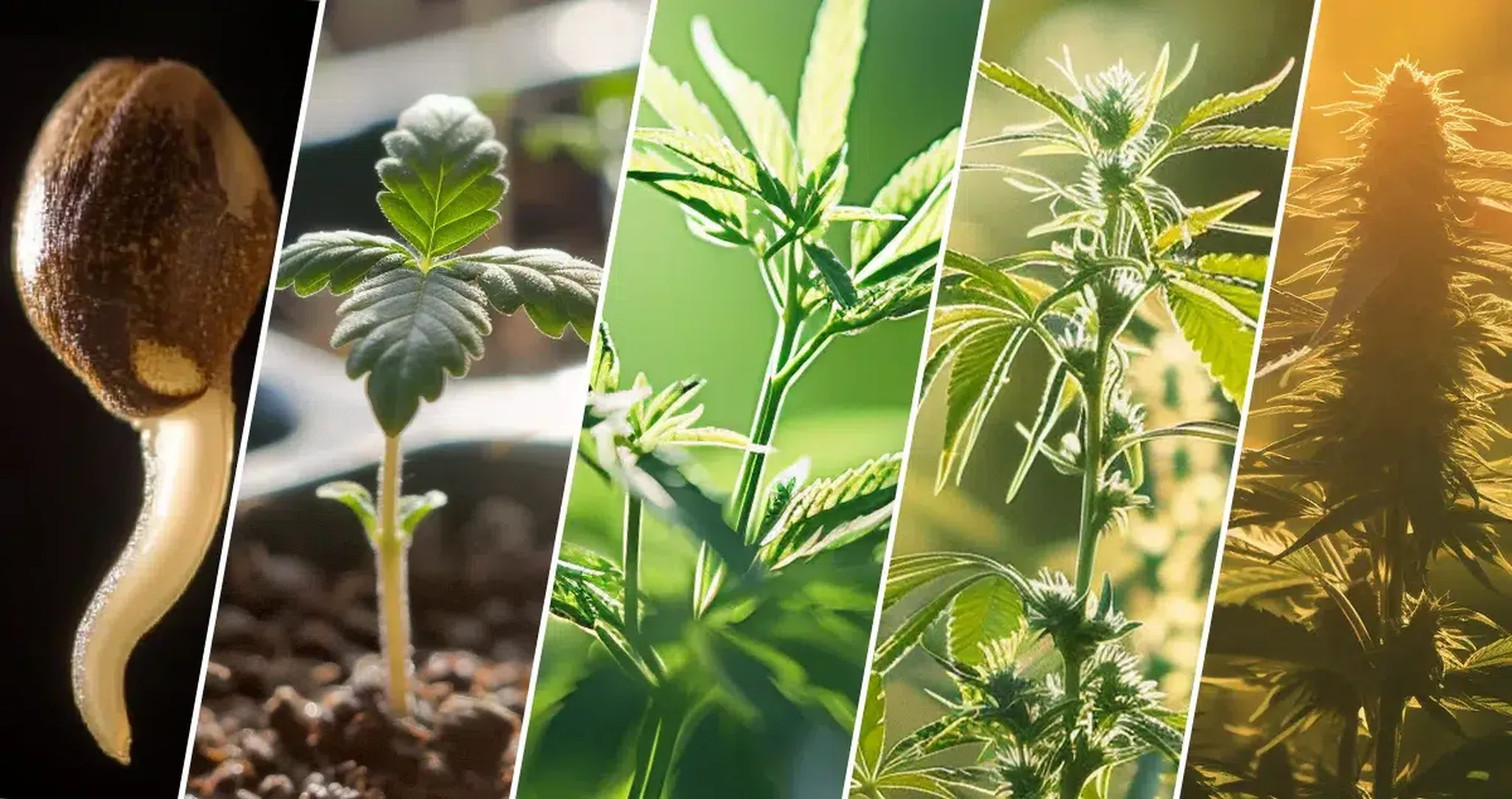
The Story of Sativa Strains
Alright, before we even light this up, let's clear the air – cannabis can get a little confusing, especially for those who are new to this. When people talk about cannabis, the words “indica” and “sativa” often come up—but what do they really mean? For beginners, it can feel like you need to be an agricultural scientist just to pick a great strain. But breathe easy, we’re going to help you make sense of it all.
Table of contents
In this article, we’re going to look at the differences between sativa and indica (and why they’re not as clear-cut as they're made out to be), and we’ll take a walk through the sativa origin story, from its scientific roots to how it’s commonly understood today. So strap in for a brief history lesson.
A Short History of Cannabis Taxonomy

Scientifically, Cannabis sativa L. is the name that Carl Linnaeus gave to the tall, fibrous cannabis plants he saw in Europe way back in 1753. These plants were mainly used for the manufacture of textiles and rope – not so much for getting high…yet.

Fast forward to 1785, and along comes Jean-Baptiste Lamarck. He observed different cannabis plants from India—shorter, bushier, and resin-heavy. He called these plants Cannabis Indica. That’s where the whole Indica vs. Sativa strains divide started.
Although, thanks to modern science, we've discovered that these plants aren’t actually separate species as originally thought. They’re more like dog breeds—very different in shape and behavior, but all part of the same species that can crossbreed like crazy.
Indica and Sativa: What is the Difference?
Although it may be helpful when selecting a strain, breaking cannabis down into just indica and sativa can oversimplify how diverse the plant really is. Nowadays, researchers often recognize one species: Cannabis sativa, with multiple subspecies and loads of variation in between. Due to decades of crossbreeding, most strains are genetic blends that don’t fit neatly into one category, making it harder to label a strain strictly as sativa or indica based on appearance or effect alone.
So while the sativa vs indica thing isn’t super scientific, it’s still a helpful way for people to navigate strains — especially when backed up with info on cannabinoid and terpene profiles.
In short, the terms aren’t 100% accurate, but they’re still useful.
What is a Sativa Cannabis Strain?

Sativa weed usually comes from warm, equatorial/tropical places like Southeast Asia, South America, and southern Africa. These plants grow tall with thin leaves and generally take longer to flower. People often say sativas give you an uplifting, energetic high, but there’s not a lot of solid science to back that up. Nevertheless, it's often the go-to strain for “wake-and-bakes”.
What is an Indica Cannabis Strain?
Indica cannabis strains come from more northern, slightly colder Central Asian regions like Afghanistan, Pakistan, and the Hindu Kush mountains. These plants are short, stocky, and grow fast — making them a favorite for colder climates and indoor growers.
In popular culture, Indicas are often associated with deep relaxation, stress relief, and sleepiness, earning the reputation as an “in-da-couch” strain. Some people prefer them at night to wind down or ease physical tension.
With that said, those effects aren’t guaranteed. The way a strain makes you feel has more to do with its specific cannabinoid and terpene profile than whether it’s labeled sativa or indica.
Breeding With Sativa Genetics
Sativa genetics bring something special to the party. Their vibrant highs, exotic aromas, and growth traits are shaped by their tropical lineage. Descending from ancient landrace strains, sativa has carried through the ages all the way to the modern era, impacting mainstream culture. Rappers want it, people love it, and growers breed it. While they’re not always the easiest to handle, their potential is massive.
Equatorial Whispers: “Landrace Sativas”
Before modern hybrids (strains that combine the traits of indica and sativa) were all the rage, there were landrace strains, which are so rare amongst the hoard of hybrids nowadays, it almost feels like a mythical creature. Landrace strains are cannabis plants that have adapted to specific regions over many generations, earning their traits naturally, instead of through crossbreeding. These include:
Panama Red
Colombian Gold
Malawi
These are the granddaddies of many of your favorite hybrids today. They’re powerful, pure, and often tricky to grow — but loved by connoisseurs and, thanks to preservationists, are making a comeback.
Modern Breeding: From Haze to Preservationists

As legend has it, in the 1970s, Santa Cruz, a duo known as the Haze Brothers, began crossing tropical landraces (most likely Colombian Gold, Thai, and South Indian or Mexican) to create Original Haze. This tall, slow-flowering strain delivered a powerful head-high and became the foundation of many sativa-dominant hybrids.
Legendary breeders like Sam the Skunkman and Nevil Schoenmakers brought Haze genetics to Amsterdam, where they crossed it with more grower-friendly strains like Skunk #1 and Northern Lights #5.
The result? Classics like Nevil’s Haze, Super Silver Haze, and Jack Herer, which kept the uplifting sativa effects but improved yield, bud structure, and flowering time.
Even Durban Poison, a pure African landrace, was adapted for indoor growing — bringing spicy aromas and quick cycles to the sativa family.
Despite the hype for hybrids, there’s been a resurging interest in preserving old-school landraces like Panama Red, Highland Thai, and Old Timer’s Haze. These efforts reflect a desire to revive the authentic sativa experience — less diluted by decades of crossbreeding.
Sativa Dominant Cannabis Hybrids
Care to try your hand at the classics? Here are a few legendary sativa-dominant strains to keep an eye out for:
Sour Diesel – A pungent, fuel-smelling strain with energizing effects
Green Crack – Sharp, citrusy, and focused
Jack Herer – Spicy and uplifting with a creative edge
Super Silver Haze – Earthy, citrusy, and euphoric
Strawberry Cough – Sweet, berry-like flavor with social buzz
Durban Poison – Pure landrace Sativa known for clarity and pep
Growing Sativa-Dominant Cannabis Plants
Today’s cannabis market is overflowing with hybrids, and picking out the right cannabis seeds to grow can get tricky, especially if you're hunting for a good sativa cannabis strain. If a strain leans towards sativa-dominance, it’ll usually grow tall, stretch during flowering, and need a bit more time and space.
Breeders love sativas for their unique traits, although they do present their own challenges, such as a higher risk of pests and diseases compared to indicas. Classics like Jack Herer and Amnesia have sativa-heavy genetics that are prized for their long-lasting head highs and complex terpene profiles.
If you intend to grow some sativa-dominant strains yourself, then here are a couple tips to keep in mind.
Indoor growing? Consider training techniques like LST (Low Stress Training) to manage height.
Patience is key. Sativas can take longer to flower, but the payoff is worth it.
Watch the nutrients. Sativas tend to be lighter feeders than indicas.
Top 10 Sativa Cannabis Strains to Grow At Home
1. Tenzin Haze - by Green Bodhi
2. Granite Haze F5 - by Speedrun Seeds
3. Limoncello Diesel - by ILGM
Research used as references for this article
Pollio A. (2016). The Name of Cannabis: A Short Guide for Nonbotanists. Cannabis and cannabinoid research, 1(1), 234–238. https://doi.org/10.1089/can.2016.0027
Small, E. (2015). Evolution and Classification of Cannabis sativa (Marijuana, Hemp) in Relation to Human Utilization. Botanical Review, 81(3), 189–294. http://www.jstor.org/stable/45211992
McPartland JM, Small E (2020) A classification of endangered high-THC cannabis (Cannabis sativa subsp. indica) domesticates and their wild relatives. PhytoKeys 144: 81-112. https://doi.org/10.3897/phytokeys.144.46700
Cannabis sativa research trends, challenges, and new-age perspectives - PMC
Hussain, T., Jeena, G., Pitakbut, T., Vasilev, N., & Kayser, O. (2021). Cannabis sativa research trends, challenges, and new-age perspectives. iScience, 24(12), 103391. https://doi.org/10.1016/j.isci.2021.103391
The Biology of Cannabis sativa L. (Cannabis, hemp, marijuana) - inspection.canada.ca
The Biology of Cannabis sativa L. (Cannabis, hemp, marijuana)
Biology document BIO2020-02: A companion document to the Directive 94-08 (Dir94-08), Assessment Criteria for Determining Environmental Safety of Plant with Novel Traits.

Roach
Roach, a 20+ year cannabis enthusiast, activist & storyteller, blends humor, art & expertise—crafting words, strains & macabre masterpieces.
Continue Reading
You might also find these interesting.

